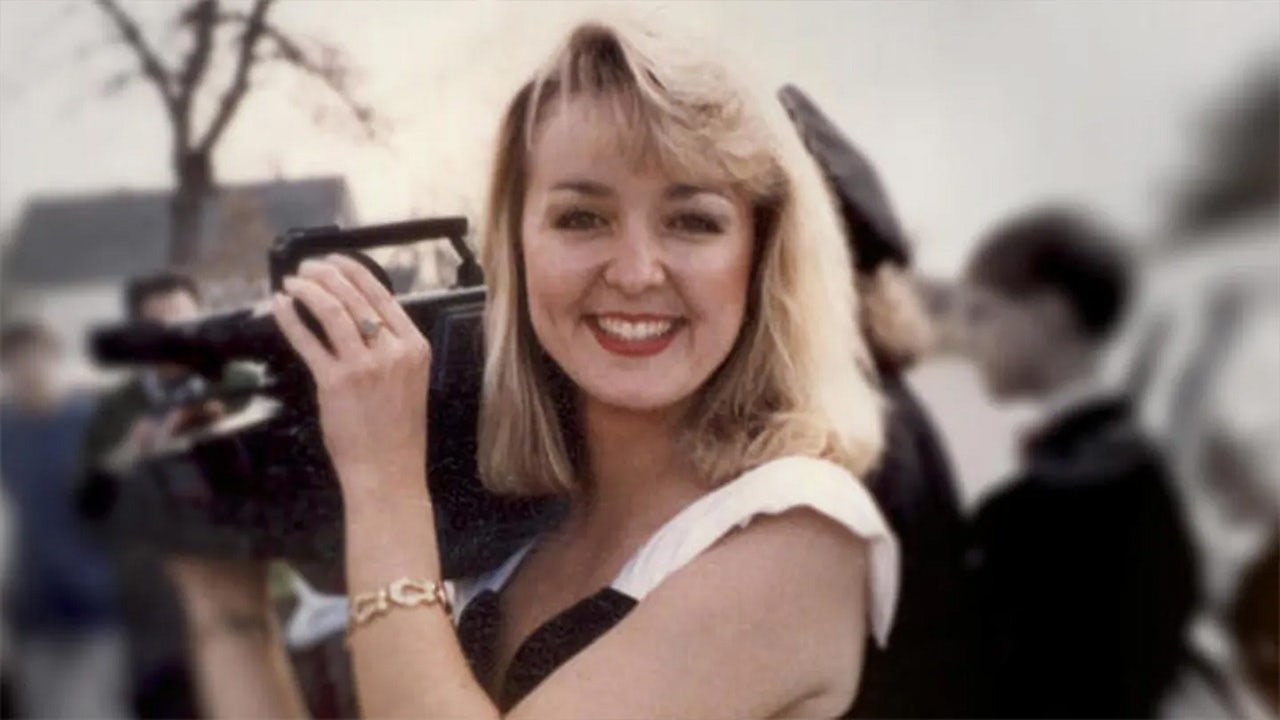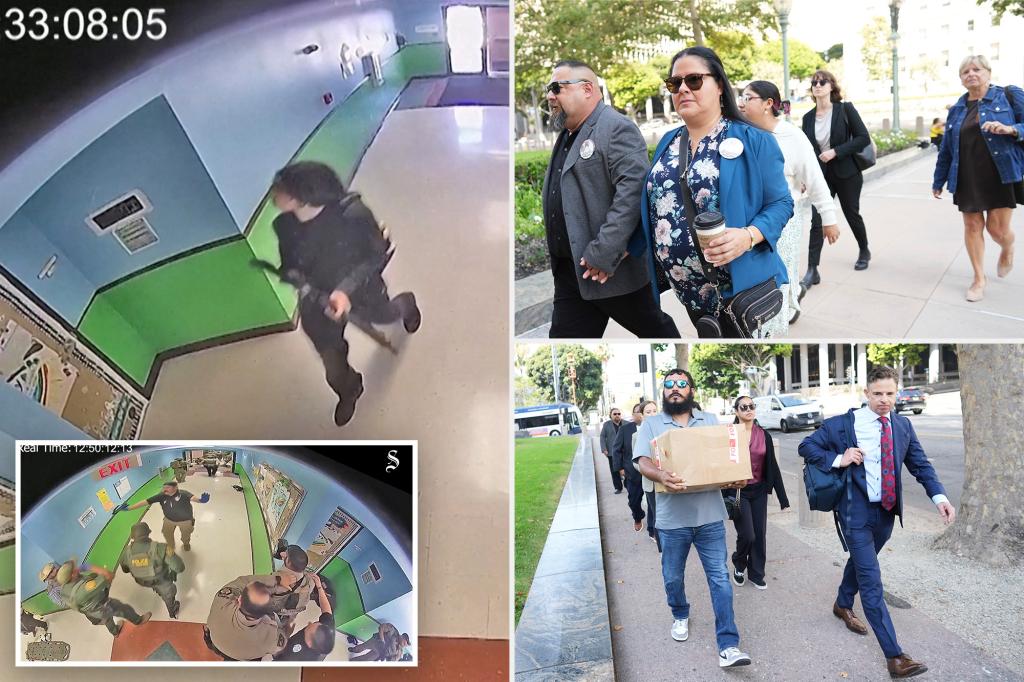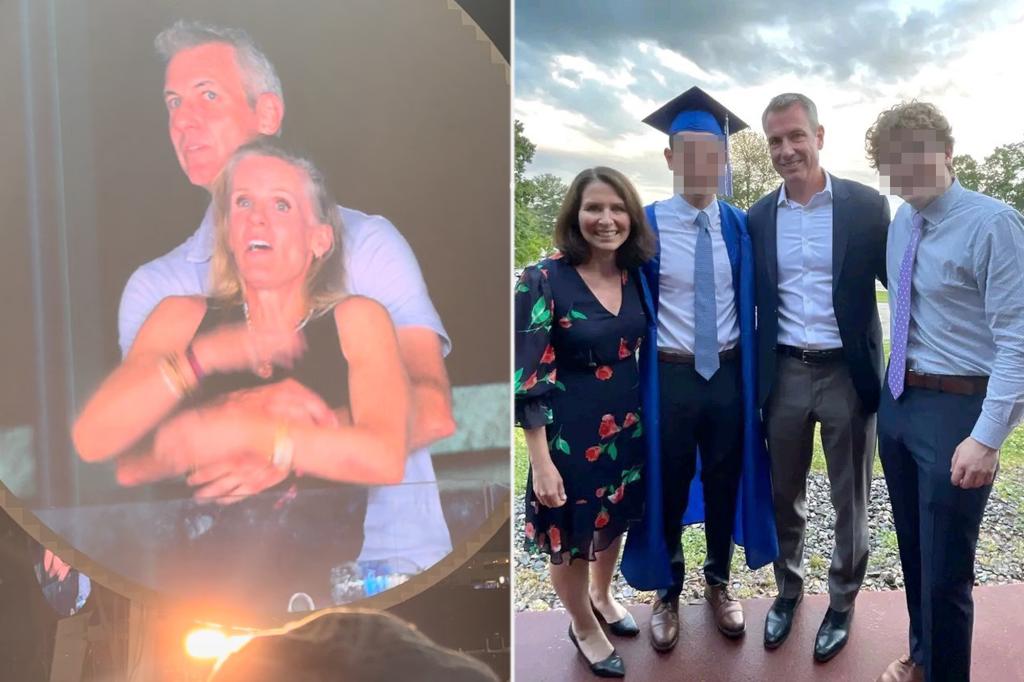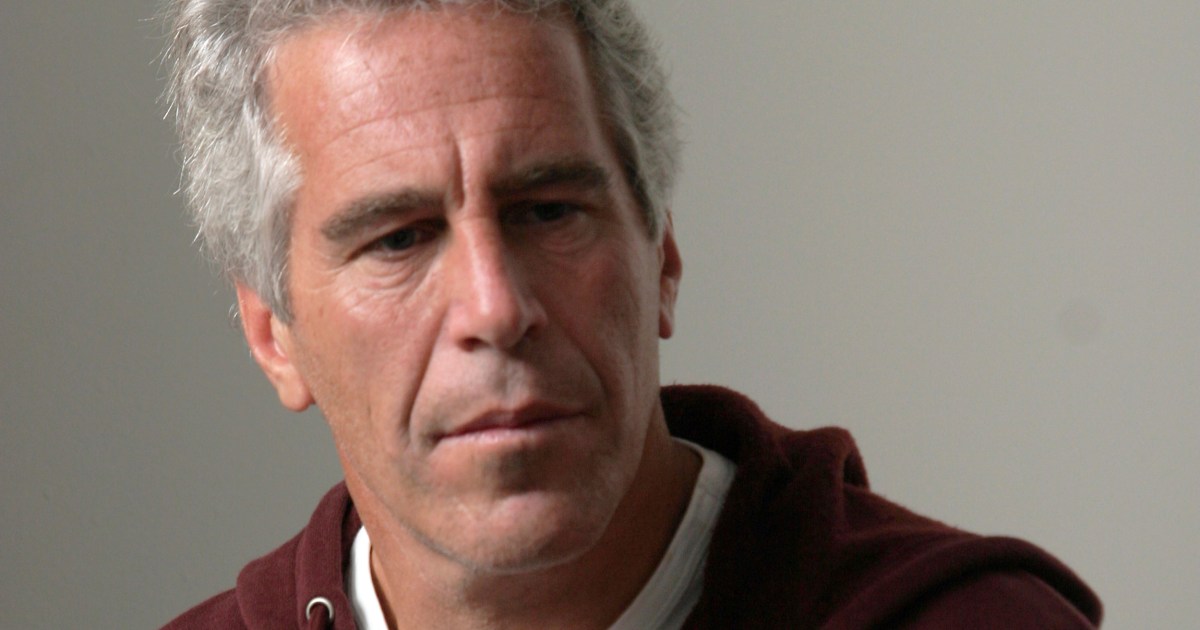Unraveling the Mystery: The Search for the Missing Midwest News Anchor Intensifies
The disappearance of Sarah Bennett, a prominent Midwest news anchor, has entered its third week as authorities scramble to unseal critical evidence amid a heated legal battle. The 34-year-old journalist vanished after leaving WKTV studios in Columbus, Ohio, on June 12, sparking a multi-state search and raising urgent questions about media transparency in missing person cases.
Timeline of Events and Escalating Tensions
Bennett, known for her investigative reporting on local corruption, failed to arrive home after her evening broadcast. Her car was later found abandoned near the Scioto River, with no signs of forced entry. While police remain tight-lipped, court documents reveal a brewing conflict over sealed evidence, including phone records and surveillance footage.
“This isn’t just about one missing person—it’s about whether the public has a right to information that could aid the search,” says legal analyst Mark Reynolds. “The judge’s decision to keep these documents under wraps contradicts Ohio’s Sunshine Laws, which prioritize transparency in emergencies.”
The Legal Battle Over Transparency
Prosecutors argue that releasing details could compromise the investigation, but media advocates and Bennett’s colleagues disagree. A coalition of news outlets, including Bennett’s employer, filed a motion to unseal the records, citing precedents like the 2017 Denver Post v. Aurora PD case, where timely information led to a breakthrough.
- 72 hours: Critical window for solving missing person cases, per FBI statistics
- 1 in 5: Missing adults with ties to investigative journalism since 2010, according to Press Freedom Tracker
- 3x higher: Resolution rate for cases with public evidence sharing, based on National Missing Persons Database
Family, Colleagues Demand Answers
Bennett’s husband, David Cole, broke his silence at a press conference yesterday: “Sarah dedicated her career to truth. Now, we’re being kept in the dark. If there’s even a chance that going public with these records could help, we owe her that.” Meanwhile, WKTV launched a #FindSarah campaign, leveraging Bennett’s 280,000 social media followers to crowdsource tips.
Forensic psychologist Dr. Elena Torres notes the unusual dynamics: “When a journalist disappears, especially one covering sensitive topics, it amplifies the urgency. The public assumes a connection to their work—whether that’s justified or not.”
Broader Implications for Media and Law Enforcement
This case highlights the fragile balance between investigative secrecy and public collaboration. While 62% of police departments withhold evidence to avoid “false leads,” per a 2023 Pew Research study, media experts argue that blackout policies erode trust. “Newsrooms have resources—sources, reach, analytical skills—that could assist,” says Columbia Journalism Review’s Diane Fowler. “Shutting them out helps no one.”
As technology evolves, so do solutions. Some departments now use encrypted platforms to share real-time updates with families and select media, a compromise Bennett’s supporters urge Ohio authorities to consider.
What Comes Next?
The court will rule on the evidence seal by Friday, but the clock is ticking. With cadaver dogs scoping riverbanks and volunteers posting flyers across three states, the community remains hopeful. “Sarah’s the kind of person who’d chase this story herself,” says her co-anchor, James Whitmore. “We’ll keep pushing until we find her.”
If you have information regarding Sarah Bennett’s whereabouts, contact the Columbus PD tipline at (614) 555-3000. Anonymous tips can be submitted via CrimeStoppers.
See more ABC News Feed



